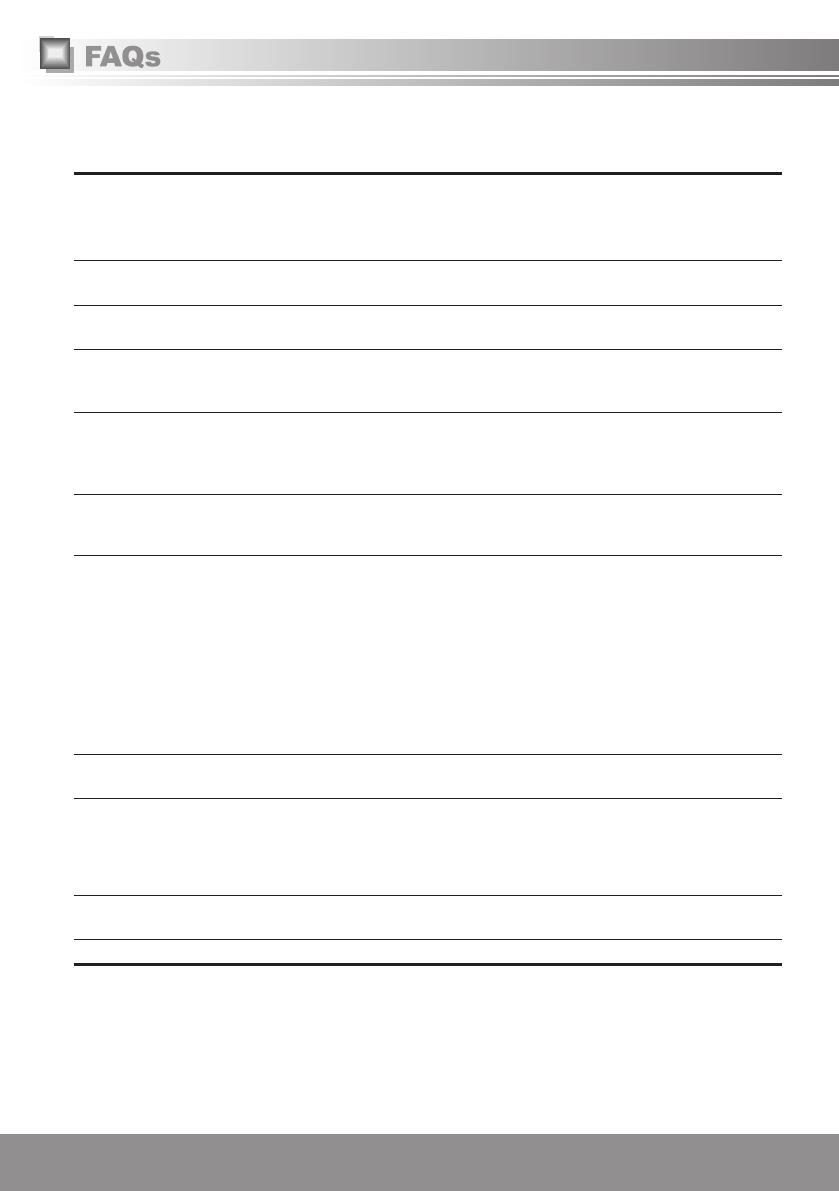
11
English
11
Super Cool Mode • Use this setting after switching on the appliance for the rst time, before cleaning, or before
inserting a large amount of food.
Switching on Super Cool Mode function:
Press the
3
key. “SC” will appear on the display
4
.
If the function is not deactivated manually, it will be deactivated automatically after approximately
six hours. Fridge compartment temperature will return to the most recent setting.
Notes:
• During this mode:
-By pressing the
3
key, Super Cool Mode will be cancelled.
ECO mode, Holiday Mode can be selected.
-If either of those functions is selected, Super Cool Mode will be cancelled.
-The freezer temperature can be adjusted.
-Although the fridge temperature can also be adjusted, Super Cool Mode will be cancelled.
4
3
2
5
1
Super Freeze Mode • Use this setting after switching on the appliance for the rst time, before cleaning, or 24 hours
before inserting a large amount of food.
Switching on the Super Freeze function:
Press the
8
key. “SF” will appear on the display
6
.
If the Super Freeze Mode is not deactivated manually, it will be automatically switched off after
approximately two days. Then the temperature of the freezer compartment returns to the most
recently set value.
Notes:
• During this mode:
-By pressing the
8
key, Super Freeze Mode will be cancelled.
ECO mode, Holiday Mode can be selected.
-If either of those functions is selected, Super Freeze Mode will be cancelled.
-The fridge temperature can be adjusted.
-Although the freezer temperature can also be adjusted, Super Freeze Mode will be cancelled.
8
6
9
:
7
Flash Freeze Mode • In order to quickly freeze fresh food, use the Flash Freeze Mode function that is only active in
the upper freeze drawer of the freezer compartment. It involves intensive blowing of cool air in
that part of the appliance. Faster freezing will retain more vitamins, minerals, and nutrients in
the food for a longer period of time.
Switching on the Flash freeze Mode function:
Press the
8
key and hold it for at least three seconds. “FF” will appear on the display
6
.
• With this setting, the compressor will operate continuously and the temperature in the freezer
compartment will drop considerably.
• If the setting is not deactivated manually (by pressing the
8
key), it will be deactivated
automatically after 8 hours. Freezer compartment temperature will return to the most recent
setting.
• Use this setting for freezing smaller amounts of food (up to two kilograms) in the upper freeze
drawer. When freezing a large amount of food, the setting should be activated 12 hours before
the food is placed in the freezer.
Notes:
• During this mode:
-By pressing the
8
key, Flash Freeze Mode will be cancelled.
ECO mode, Holiday Mode can be selected.
-If either of those functions is selected, Flash Freeze Mode will be cancelled.
-The fridge temperature can be adjusted.
-When the Super Cool Mode is activated, this mode cannot be selected.
-Although the freezer temperature can also be adjusted, Flash Freeze Mode will be cancelled.
8
6
9
:
7
Using the handy functions (continued)



















